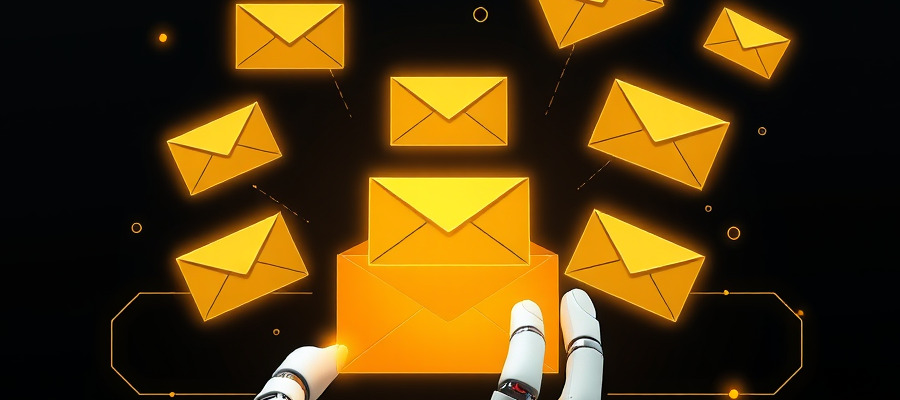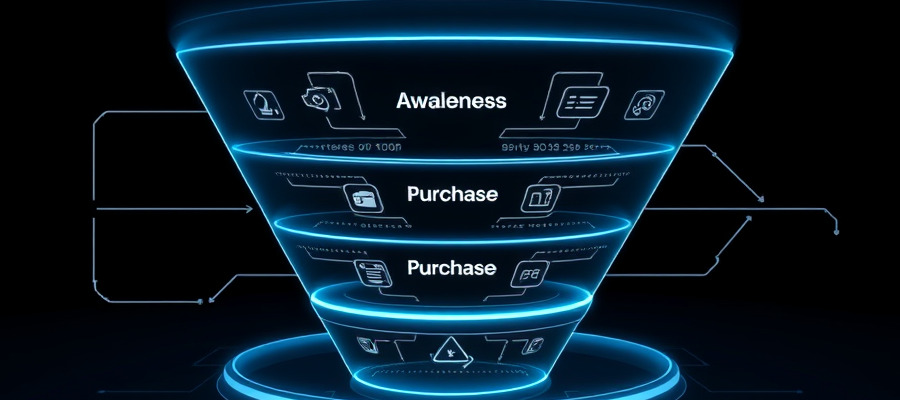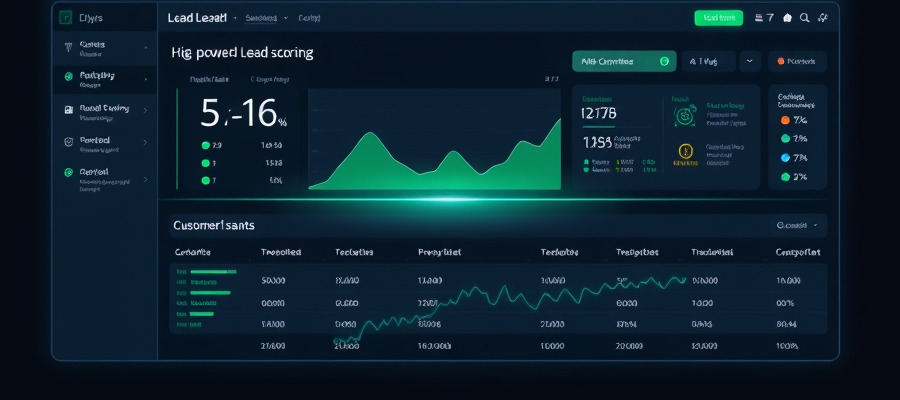Automating Follow-Ups to Increase Conversions
Never miss a lead again with these automated follow-up systems.

Automating Follow-Ups to Increase Conversions
In today’s fast-paced business environment, staying top-of-mind with potential clients is crucial. Manual follow-ups are time-consuming and often inconsistent, leading to lost opportunities. Follow-up automation offers a solution, enabling you to nurture leads and boost conversions efficiently.
This article explores the power of automated follow-ups, demonstrating how they can transform your sales and marketing efforts.
Why Automate Your Follow-Ups?
- Increased Efficiency: Automate repetitive tasks, freeing up your time to focus on strategic initiatives.
- Improved Consistency: Ensure every lead receives the same high-quality follow-up, regardless of volume.
- Higher Conversion Rates: Nurture leads through targeted messaging at optimal times, increasing the likelihood of conversion.
- Better Lead Nurturing: Develop personalized sequences that guide leads through the sales funnel.
- Enhanced Customer Relationships: Provide timely support and information, strengthening customer loyalty.
Choosing the Right Follow-Up Automation Tools
Several tools facilitate effective follow-up automation. The best choice depends on your specific needs and technical expertise.
- Zapier: A popular platform for connecting apps and automating workflows. Great for simpler automation tasks.
- Make (formerly Integromat): A powerful tool offering a visual interface for creating complex automations.
- n8n: An open-source alternative to Zapier and Make, providing flexibility and customization.
- Google Apps Script: Ideal for automating tasks within the Google Workspace ecosystem.
- Custom Software Development: For highly specific and complex automation requirements, custom development provides tailored solutions.
Consider factors like budget, ease of use, integration capabilities, and scalability when making your selection.
Creating Effective Automated Follow-Up Sequences
Effective follow-up automation strategies require careful planning. Here’s how to build engaging sequences:
- Segment your audience: Group leads based on shared characteristics (e.g., industry, purchase history) to personalize messaging.
- Define clear goals: Establish what you want to achieve with each sequence (e.g., schedule a demo, download a resource).
- Create a compelling sequence: Develop a series of emails, SMS messages, or other communications that nurture leads over time.
- Personalize your messages: Use lead data to create highly personalized content that resonates with individual needs.
- Track your results: Monitor key metrics (e.g., open rates, click-through rates, conversions) to optimize your sequences.
Best Practices for Follow-Up Automation
- Avoid being overly aggressive: Respect your leads’ time and avoid overwhelming them with excessive communication.
- Maintain a human touch: Personalize your messages to create a connection and build rapport.
- Test and refine regularly: Continuously analyze your results and make adjustments to improve performance.
- Comply with regulations: Adhere to relevant laws regarding email marketing and data privacy (e.g., GDPR, CAN-SPAM Act).
Conclusion
Implementing follow-up automation is a strategic move that can significantly impact your conversion rates and overall business success. By leveraging the right tools and strategies, you can nurture leads effectively, build stronger relationships, and achieve significant growth.
Ready to supercharge your follow-up process? Let’s connect and discuss how we can build a custom automation solution for your business needs! Click here to contact us!



